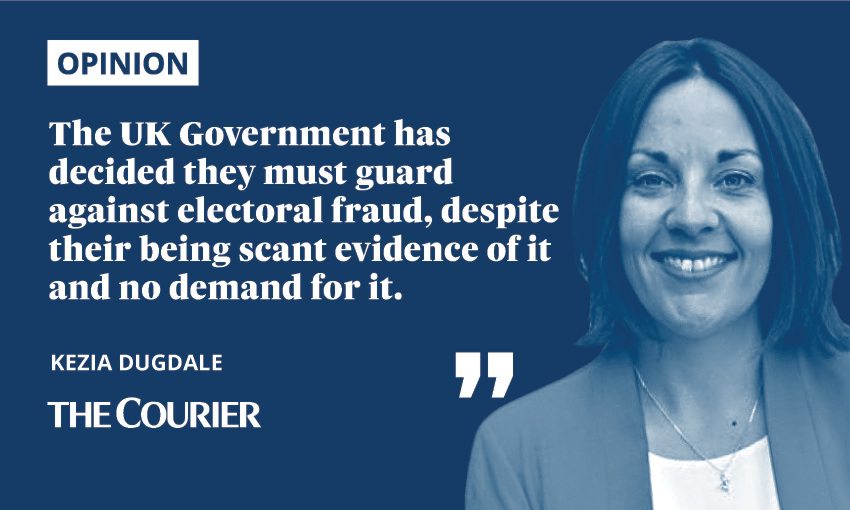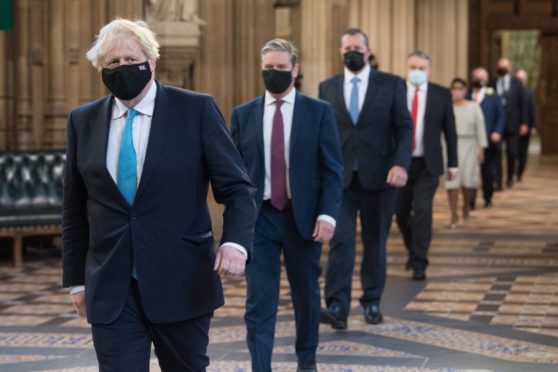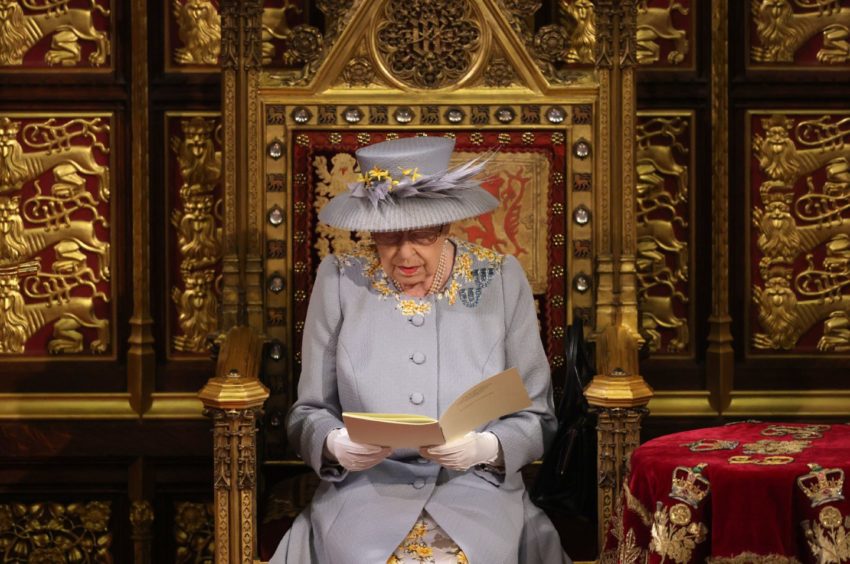Well we did it. We voted, in record numbers in fact. Last week’s Scottish Parliament elections saw no less than 2.7million adults take to the socially distanced polls in Scotland.
That’s 64% of us – a remarkable turnout in the midst of a pandemic. I feared lower than usual turnout and I’m delighted to be wrong and found out as the cynic I clearly am.
Whatever your thoughts on the result, and the painstakingly slow counting process to get us there, I think we can all celebrate the fact that we turned out in record numbers.
Yes, it adds validity and heft to the result, but I also think it speaks to the maturing of the Parliament as an institution.

When the Parliament was first born, turnout was a decent 58%, surpassed only by the burgeoning optimism for a new kind of politics.
By 2003 though, through the parliament’s teething years of the rising costs and delay of its new home, apathy set in with turnout dipping under 50%.
It rose slightly in 2007 before getting perilously close to that 50% mark again in 2011 as it hit its rebellious teenage years. The same parliamentary session incidentally that would actually give teenagers the vote, at least those aged 16 and 17.
Coming of age for Holyrood
Last week’s election saw 427,000 people vote for the first time that either couldn’t or didn’t in 2016. Given the difference between the Yes and No vote tally in 2014 was 383,000 – it shows you that really does matter and it does make a difference.
It also shows turnout for Scottish Parliament elections being on a par with those for Westminster for the first time.
As enthusiasm for devolved government rises, turnout for Westminster fell at the last election to just 67% in Scotland. Could Scots finally be viewing the Scottish Parliament as the dominant political institution in the land?
The Parliament looks more like the country it seeks to represent and that can only be good for its reputation and the degree to which we relate to it
There was a distinct first day of a school feeling to the footage of our 40 new MSPs going off to work yesterday. Some of them even had over-sized rucksacks. I wonder if their family members told them they’d grow into them too?
It was a marvellous sight, not least because it was so diverse. More women than ever before, three times the number of MSPs from minority ethnic backgrounds and the first wheelchair user.
The Parliament looks more like the country it seeks to represent and that can only be good for its reputation and the degree to which we the public can relate to it as an institution and the decisions it takes.
That stood in stark contrast to the footage of Westminster yesterday, where the Queen announced the programme of work the government intends to embark on over the coming year.
Included in this were two key new laws what could dramatically alter how and when we vote.
The Electoral Integrity Bill is cunningly named is it not? Because we’re instantly set up to believe there’s something afoot with our current system.
The UK Government has decided they must guard against electoral fraud, despite their being scant evidence of it and no demand for it from the Electoral Commission, the independent body we task with ensuring our democratic processes are free and fair.
No ID, no vote
The proposal is that we must all in future take photo ID to the polls in order to prove who we are.
If you’ve got a driving licence in your purse or a passport stuffed in a drawer somewhere, you might not find that particularly alarming.
Yet the reality is that 11 million citizens across the UK own neither. In fact, 3.5 million of us don’t have any sort of photo ID. No ID equals no vote.
This cynic can’t help but wonder if there might be a link between those who don’t own a car and therefore don’t have a driver’s licence, those who don’t have the means to travel abroad readily and their likelihood to vote for the current Conservative government.
After clutching your pearls at such an outrageous accusation, consider for a moment the one aspect of our system which is perhaps most open to abuse: postal voting.
That also happens to be a form of voting used more consistently by older communities, people who settled in suburban communities and those on the right of the political spectrum.
The photo ID rule would only apply to people turning up at the ballot box, not the post box.
It’s the voters’ job to decide who governs, not the government’s job to decide who votes
The Queen’s speech also outlined plans to repeal the Fixed Terms Parliament Act. If passed, this will make it much easier for the prime minister to call a general election on his own terms.
As the academic Robert Saunders said this week, it’s the voters’ job to decide who governs, not the government’s job to decide who votes.
"In a democracy, the most fundamental of all rights is the right to vote. It is the foundation on which all our liberties depend. Yet for millions of people, compulsory voter ID will make that harder"
My take on Voter ID for @prospect_uk [extracts follow] https://t.co/VeYriDlPhA
— Robert Saunders (@redhistorian) May 11, 2021
We’ve done the first part, now we’ve got to guard very firmly against the second to protect our progress.
Kezia Dugdale on life after frontbench politics and her new column for The Courier

